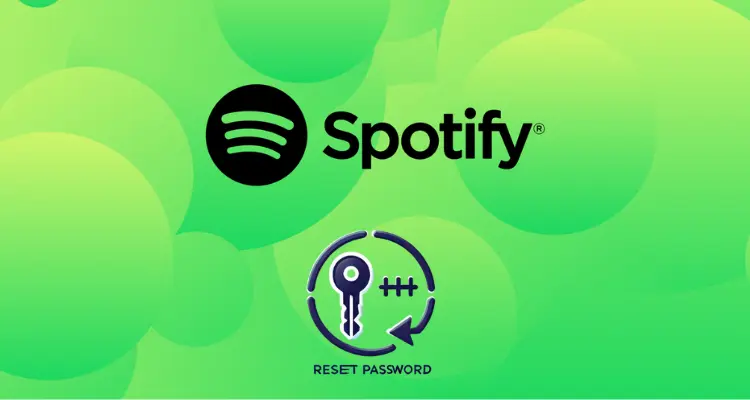Social media is a popular form of marketing, and it is easy to reason why. If you are not using social media, you could miss out on important opportunities that drive and connect sales.
One of the important things to remember is when you select the platform, choose the one that keeps your business successful. If not, try creating an account on two or three platforms simultaneously to reach a wider target segment.
As a business entrepreneur, you need a social media presence to engage and reach the audience. You have more than 200 social media platforms from which you can choose. It will be an overwhelming experience to know which is the right one for your business.
In this article, you will discover some important techniques and guidelines to help you choose the right social media platform for your business.
Tips For Choosing The Right Social Media Platform For Your Business
Here are some of the tips that will help you select the right social media platform for your business.
1. Initiate With The Audience
Target demographic and its audience are among the most significant factors when selecting the right social media platform.
It will be more important once and if you attract the right segment of the audience. To successfully navigate, you need to understand which platform would best suit your business.
For instance, there are more number of active users on Facebook than on any other network. On the other hand, if your target audience is more on Instagram, that is where you need to be.
2. Determine The Company’s Goal
Once you know your audience, you must define the company’s goal and objective. Similarly, as an entrepreneur, your primary goal will be to drive sales and attract customers.
But all you need to have is a creative goal for your social media account.
Therefore, you can also use social media to drive brand identity and recognition.
After that, you can develop a friendly relationship with the target audience and use other social media platforms to engage with customers.
For example, if you are a media company, then use Twitter. This makes it easier to address the customer survival issue. Along with that, it frees up the phone space and allows you to promote your brand.
3. Know Your Competitor’s Strength
When you know the main objective and goal of the company, it is easier for you to conduct a competitive analysis.
Consider these insights mentioned below:
- How did they engage the audience in another channel?
- What is working?
- What needs to be fixed?
- Which platforms are they using?
- How frequently do they post or update about their product or services?
- The method they engage for offering customer support.
Remember, do not do something just because the competitor is doing it. It is useful to see what others in the same space are doing and then make an informed decision.
4. Align With Social Media Marketing Goals
The reason you are on social media will create an impact on the decision taken for the business.
If you want, you can share and engage with the followers. Moreover, you can go live to grab the target audience’s attention and give discounts.
However, several networks will work depending on the type of content that you share. On the other hand, creating a social media marketing campaign will also help your business gather greater insights about your customers.
But, if your customers prefer a top goal for you, then Facebook or Twitter should be your first consideration.
5. Understand The Platform And Its Uses
Each social media has its way of engaging and communicating with the audience.
For instance, you can use Twitter if you facilitate sharing great conversations or share viewpoints on trendy topics. On the other hand, LinkedIn is a great platform for sharing professional expertise and business information.
Thus, you need to spend some time understanding the channel and consider making the right communication protocol.
Decide The Right Social Media Platform
If you still think an all-in-one solution will resolve the claim time, then the answer is yes.
The tips can help you choose which social media platform to focus on. Hence, you will find it much easier, specifically if you have an inbox that collects all your engagements into a particular view.
Thus, you can stop jumping between the networks. You must respond to the Instagram and Facebook views and look at the recent tags.
Read More: Reasons to Consider Remote Work for Small Business















